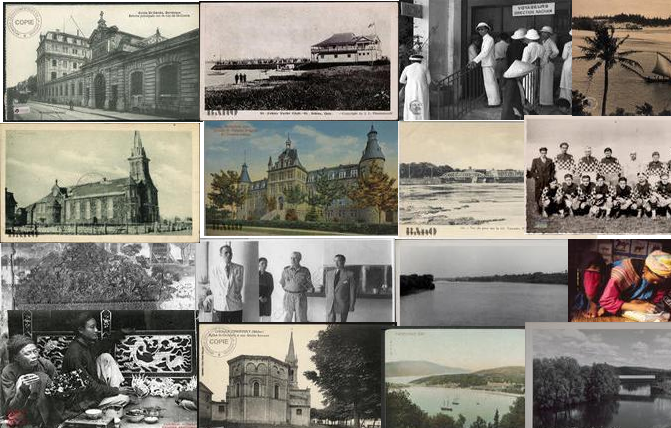Projects
DevMAP Project
This is a collaboration project with INRA - Rennes. The main purpose of the project is to study the complex interactions between the evolution of insect populations and environmental factors affecting their functions. The project focus on Carabidae, one of the most common and beneficial insects in France. The first step is the digital imaging of Carabidae specimens. Then, the images will be studied by applying the analysis methods. The methods which have been used to study are based on the morphometry analysis and deep learning. See the publications
The result of the project is MAELab, a framework written in C++. It provides the functions to study the landmarks on the images. Additional, it provides also the basic image processing techniques, such as segmentation, binary operations,... Besides applying processing techniques to study the landmarks, we have also applied deep learning. A Convolutional Neural Network has been proposed to predict the landmarks on some parts of Carabidae images.

Studying MRI brain images by using Deep Learning
This project aims to use deep learning to extract features from multimodal data. In this project we plan to study different architectures depending on the data types: temporal information, localization, 2 or 3D images ... Deep learning approaches will be compared to more classical methods coming from machine learning and classification algorithms in order to characterize the benefits of this technology. The issue of both small size of data set and fusion of multimodal data will be addressed in this project.
Collaboration with ADDICTO project
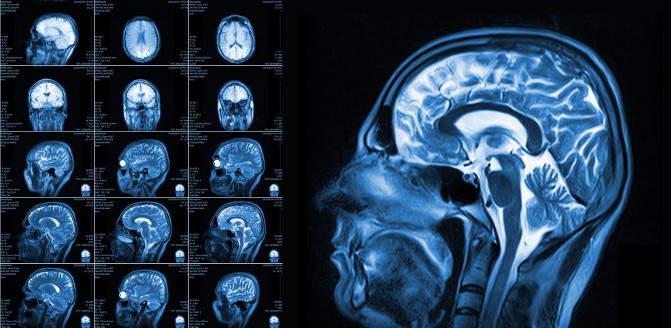
Automatisation of assembling ancient document fragments
This project is a collaboration with the archaeologists. In the old Egyptian times, the papyrus was used for administrative tasks. Then, it was used to wrap the mummies. The archaeologists have collected the papyrus as the fragments when they opened the mummies. Studying the papyrus can increase our knowledge about cultural and economic activity in the world areas. Currently, most of working with papyrus are manual. This process of assembling fragmented papyrus is time-consuming and effort. Computer technologies and image processing techniques were applied in order to help archaeologists in this task.
Visualization of matching fragments application
In this application, we provide to the archaeologists a workspace to matching the numeric papyrus fragments. By combining the functions of projector and camera, the application helps the user can interact with the fragments on the screen of a table as using the informatics devices. The application is written in Java and using Papart library.
Collaboration with GESHAEM project
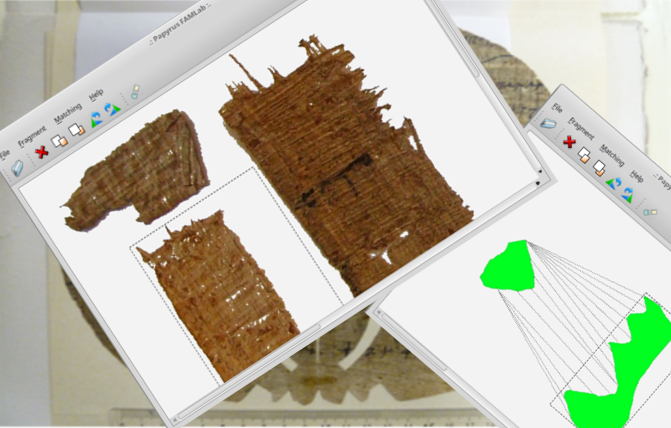
IHR-Nom Project
The IHR-Nom project is our project for preserving an old Vietnamese language called ChuNom. ChuNom had been using to record the history of Vietnam for more than a thousand years. As results, there is a huge amount of ChuNom documents that had been writing thoughout many generations and many of those have been collected by Vietnamese agencies and world-wide foundations. However, over 90% of the collected documents have not yet been translated into modern Vietnamese language, and very few of them have been text-digitized. Furthermore, according to the Vietnamese Nom Preservation Foundation, less than 100 scholars world-wide can read Nom script today. Therefore, it is extremely necessary to develop a system for text-digitization and futhermore, translation from ChuNom to modern Vietnamese language.
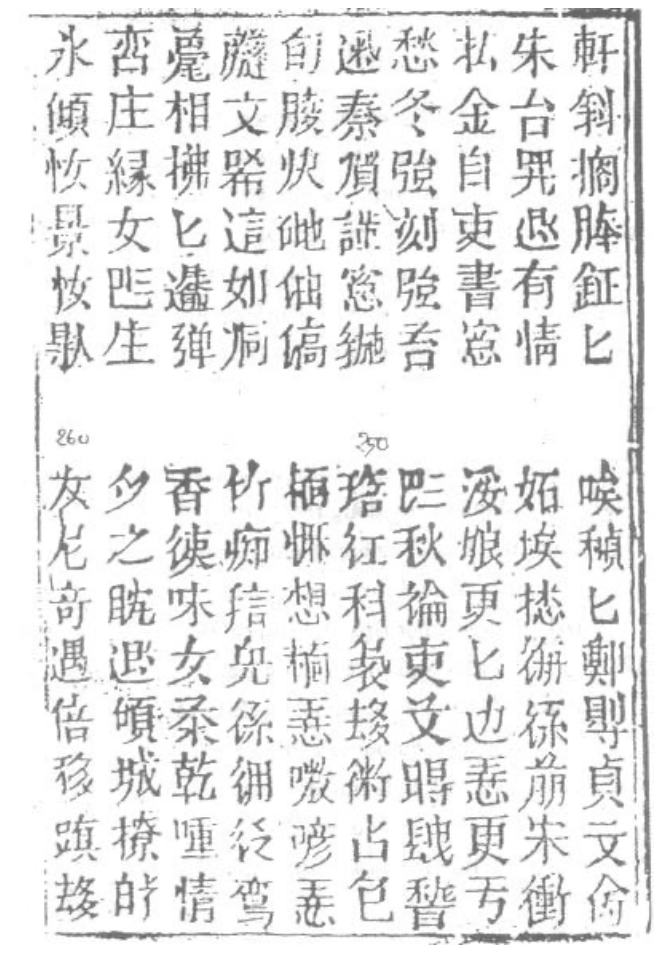
Automatic estimation of chronic pain using biological signals obtained by video capture.
Pain is a complex phenomenon that varies greatly from one individual to another.
the other one. It can be communicated in a non-verbal way through expressions
facial, vocalizations and body movements and will also have a
impact on certain vital constants - breathing rate, pupil size,
heart rate,... The measurement scales based on the self-assessment of the
pain are not satisfactory. Several studies have shown the feasibility of
automatic pain assessment based on expression analysis
facial, vocalizations, posture and parameter changes
physiological.
The objective of this pronject is to combine a classical facial analysis based on FACS (Facial Action Coding System) or biometrics, with different physiological signals obtained using the same camera to automate the identification and quantification of chronic pain.
Collaboration with LUCINE Enterprise

Heterogeneous Data Analysis
In context of the Industry 4.0 and thanks to the Internet of Things, machine tools can be connected, enabling to retrieve numerous kinds of data. In this way, we talk about heterogenity here because data are different in terms of retrieval mode (synchronous and asynchronous data flow), sources (multiple softwares and multiple embedded smart cards, external human databases), and consequently, structure (free text, structured and semi structured data). In the purpose of machine failure forecasting, we want to exploit this resources by means of machine learning models.
This project is in collaboration with Lectra System.
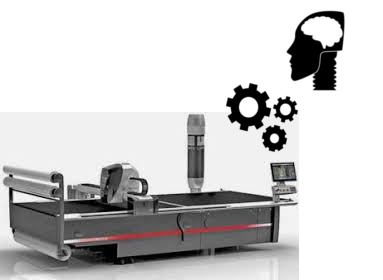
Heritage Classification
From a couple of years, the project Heritage Observatory collects photos, post-cards and any graphical documents about South-East Asia. In order to present the data set in a more friendly, the first step is to classify the images into some domains. From this, the volunteers can choose the types of images that they prefer to annotate.
Collaboration with Heritage Observatory project
See the publications
